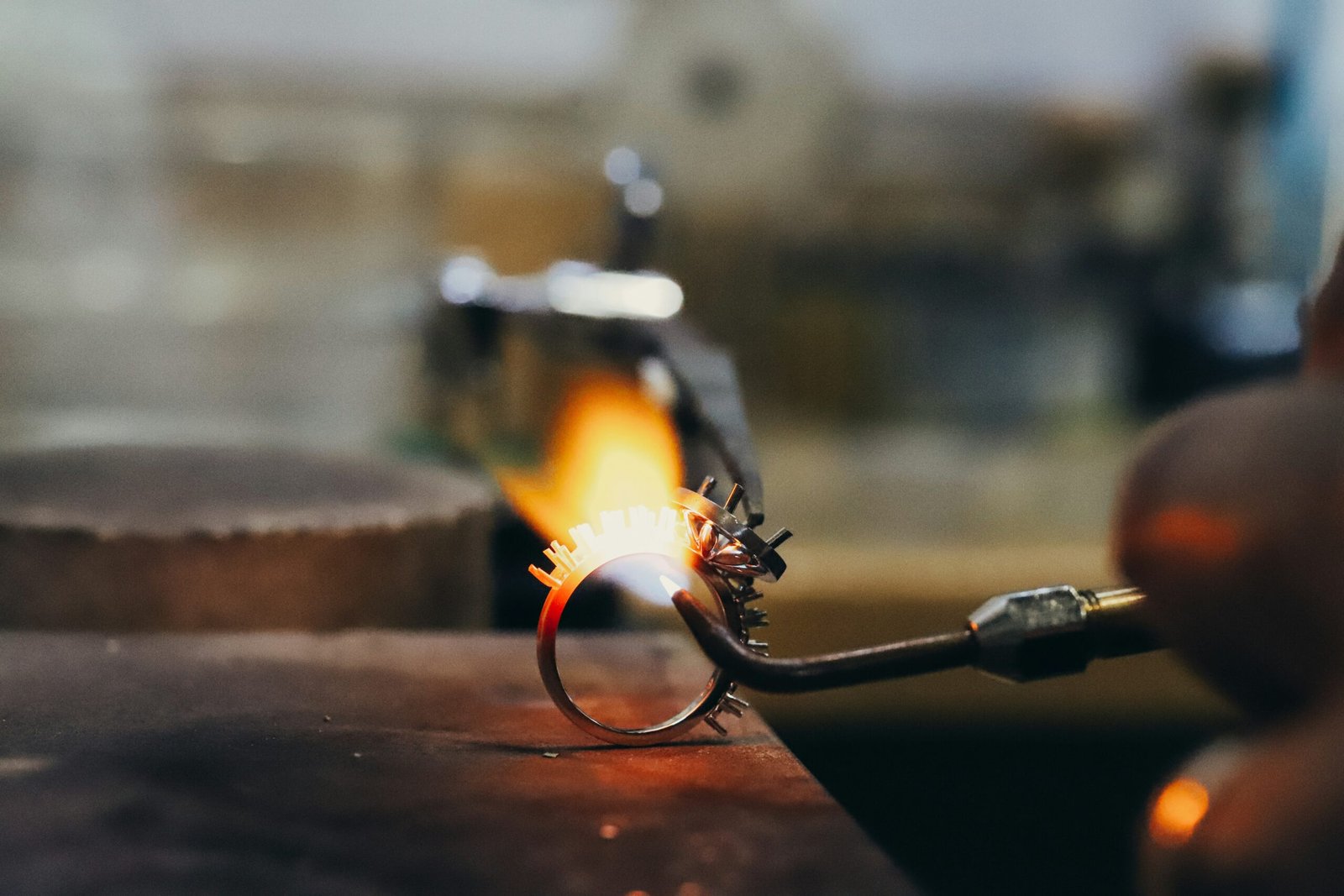Introduction to Australian Jewelers
The jewelry industry in Australia is a remarkable fusion of tradition, culture, and contemporary artistry. Over the years, jewelers in australia: a tapestry of craftsmanship and elegance have established a reputation for their exceptional craftsmanship and the unique narrative woven into each piece. The significance of this industry is notably rooted in the rich history of the nation, which has been shaped by various cultural influences, including Indigenous artisanship and European techniques. These elements converge to create a distinct style that enhances the allure of Australian jewelry.
The evolution of jewelers in australia: a tapestry of craftsmanship and elegance can be traced back to the early colonial days, where the need for personal adornment and cultural expression became increasingly evident. As the industry developed, so did the diversity of techniques and materials used by artisans. Today, Australian jewelers incorporate a wide array of natural resources, such as opals, diamonds, and pearls, which are emblematic of the country’s rich geological heritage. This unique use of local materials not only highlights the natural beauty found within Australia but also fosters a sense of identity among artisans and consumers alike.
<pfurthermore, a=”” aesthetics,=”” amalgamation=”” an=”” and=”” artisans=”” artistic=”” as=”” aspirations.
Historical Influences on Jewelry Craftsmanship

The history of jewelry craftsmanship in Australia is rich and varied, shaped by a confluence of Indigenous traditions and colonial influences that have created a distinct identity for jewelers in australia: a tapestry of craftsmanship and elegance. Indigenous Australians have a long-standing heritage of creating ornaments from materials such as shells, stones, and feathers, often infused with cultural significance and symbolism. These traditional methods showcase not only artistry but also the deep connection between the Indigenous peoples and their environment.
With the arrival of European settlers in the 18th century, the jewelry landscape in Australia began to evolve significantly. Colonists brought with them European styles, techniques, and materials, introducing gold and silver as primary choices for craftsmanship. The discovery of gold within Australia during the mid-19th century catalyzed the expansion of the jewelry industry, prompting a surge in goldsmiths and jewelers who capitalized on this newfound wealth. This period marked the transition from rudimentary jewelry-making to the emergence of refined techniques and elaborate designs.
As a result, contemporary jewelers in australia: a tapestry of craftsmanship and elegance to draw upon a profound historical tapestry, seamlessly merging traditional Indigenous forms with Colonial aesthetics to create distinctive pieces that reflect the nation’s diverse cultural heritage. Modern practices in jewelry making often incorporate elements from these historical influences, such as the use of local gemstones and natural materials alongside advanced technological methods. The blending of old and new has not only enriched the craftsmanship but also fostered a sense of pride and identity among Australian jewelers. Their work serves as a testament to the evolution of jewelry design, illustrating how historical influences continue to shape the elegance and craftsmanship that characterize the industry today.
The Art of Craftsmanship: Techniques and Materials
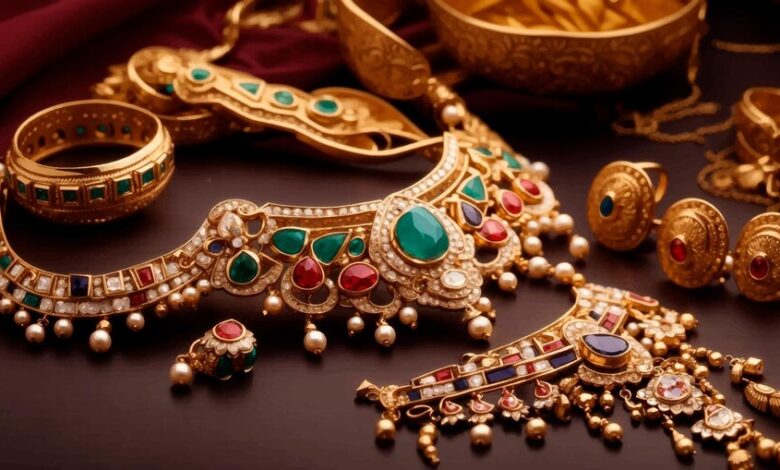
The jewelry industry in Australia is characterized by a rich tapestry of craftsmanship, merging both traditional practices and contemporary innovations. Jewelers in australia: a tapestry of craftsmanship and elegance employ a diverse range of techniques and materials, each contributing to the distinctive characteristics found in their creations. Among the common techniques utilized are hand fabrication, casting, and stone setting. Hand fabrication involves meticulously shaping and assembling metal into unique designs, showcasing the artisan’s skill and attention to detail. This traditional method allows jewelers to maintain a personal touch in each piece, creating a connection between the jewelry and its wearer.
In addition, casting has become increasingly popular among modern artisans, enabling the creation of intricate designs that might be labor-intensive by hand. This technique utilizes molds to form shapes, which can lead to more consistent outcomes while still allowing for creative freedom. Furthermore, stone setting is an essential process that elevates the beauty of jewelry designs. Australian jewelers often work with a variety of gemstones, including diamonds, sapphires, and opals, which are not only sourced locally but are also celebrated for their unique colors and qualities.
When discussing materials, Australian jewelers tend to favor high-quality metals such as gold, silver, and platinum. The choice of material significantly influences both the aesthetic appeal and durability of the final product. Additionally, many artisans are embracing sustainable practices by sourcing ethically mined materials and using recycled metals, reflecting a growing trend towards environmental responsibility within the industry. This conscious approach to material selection further enhances the elegance of Australian jewelry, making each piece a testament to both artistry and nature.
Through these diverse techniques and thoughtful material choices,jewelers in australia: a tapestry of craftsmanship and elegance present a remarkable fusion of craftsmanship and elegance, creating timeless works that often serve not only as adornments but also as treasured heirlooms.
Spotlight on Contemporary Australian Jewelers
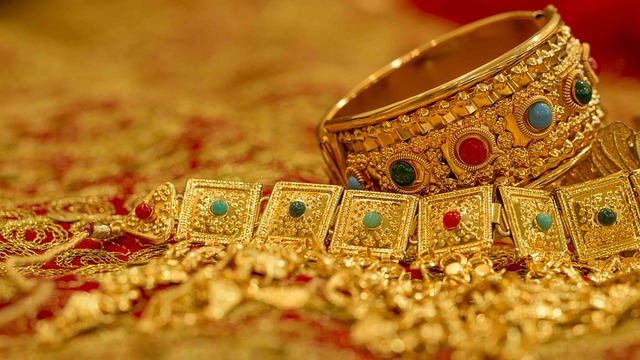
Australia’s contemporary jewelry scene is a vibrant expression of artistry and innovation, characterized by a diverse array of craftsmen who expertly weave traditional techniques with modern aesthetics. jewelers in australia: a tapestry of craftsmanship and elegance; they are storytellers who reflect the country’s rich cultural heritage through their distinctive creations. Among these artisans, several have garnered national and international acclaim for their exceptional work.
One such jeweler is Sarah Munro, known for her intricate designs that often draw inspiration from Australia’s indigenous landscapes and flora. Munro’s pieces are celebrated for their organic shapes and textures, which encapsulate the beauty of nature. Her innovative use of sustainable materials aligns with a growing trend within the industry, emphasizing eco-conscious practices that respect the environment while offering elegance.
Another notable figure is John McCarthy, whose work marries contemporary techniques with the time-honored craft of hand engraving. McCarthy’s signature style involves creating bespoke pieces that tell a personal story, often incorporating heirloom stones into modern designs. Such customization not only showcases his craftsmanship but also resonates deeply with clients seeking meaningful pieces that possess personal significance.
Additionally, Melbourne-based jeweler, Christina Waterson, has made a mark with her experimental use of unconventional materials, such as ceramics and textiles, alongside traditional metals. By challenging the norms of jewelry making, Waterson represents a fresh viewpoint in the jewelry narrative, expanding the boundaries of what adornment can represent.
These jewelers exemplify the dynamic field of craftsmanship and elegance in Australia. Their unique approaches and signature styles contribute significantly to the tapestry of the jewelry industry, inspiring both emerging and established artisans to explore new creative horizons. As the world continues to take notice, the contributions of contemporary Australian jewelers solidify their position as vital players in the global market.
Sustainable Practices in Jewelry Making
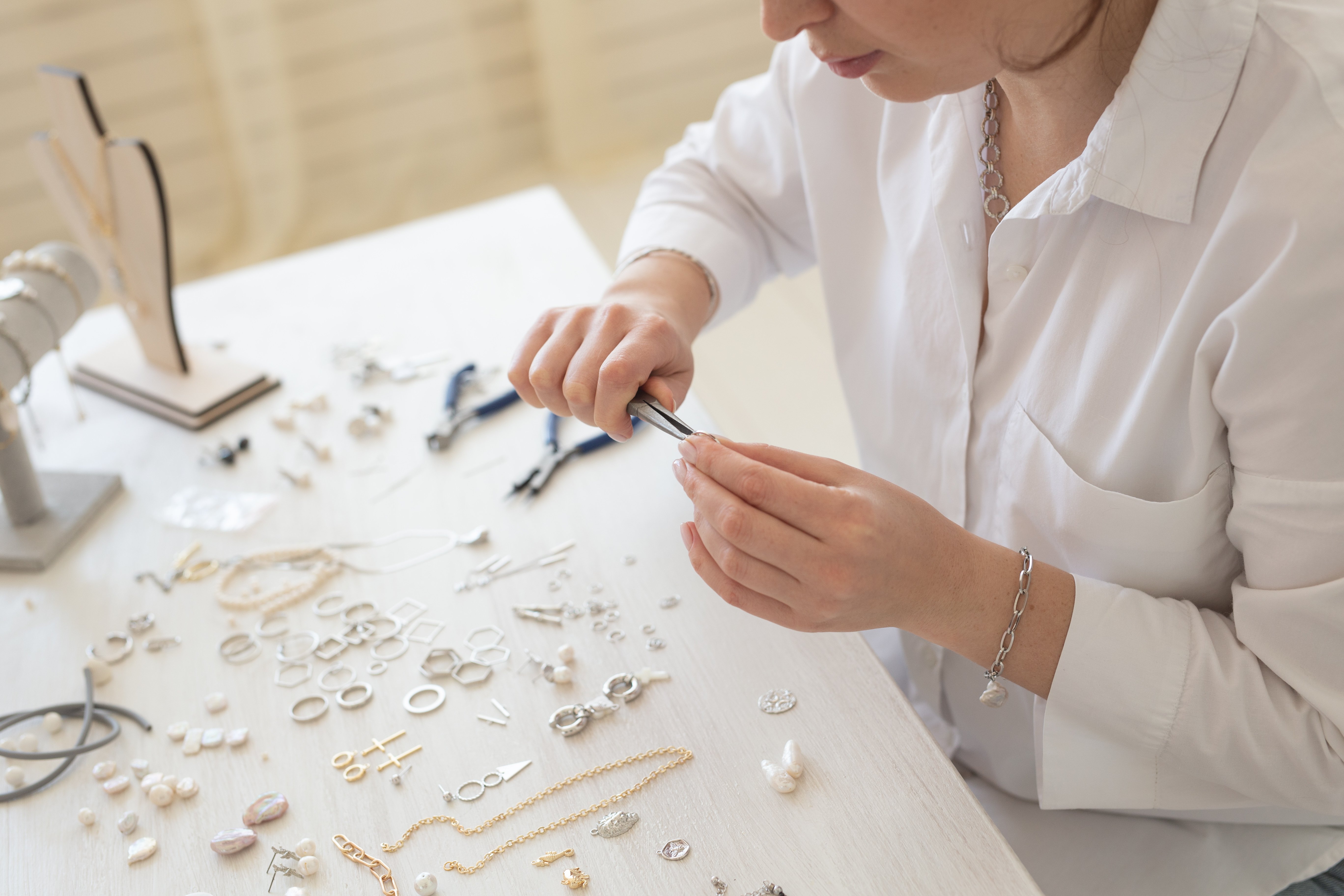
The jewelry industry in Australia is progressively aligning with global trends towards sustainability and responsible sourcing. This shift is particularly pertinent as consumers increasingly seek products that not only reflect personal style but also adhere to ethical standards. jewelers in australia: a tapestry of craftsmanship and elegance are keenly aware of this demand, thus many are integrating sustainable practices into their craftsmanship, ensuring that their creations are both elegant and environmentally responsible.
One of the most significant aspects of this movement involves sourcing materials ethically. Many Australian jewelers are prioritizing the use of recycled metals and ethically sourced gemstones. By utilizing recycled materials, they reduce the environmental impact associated with mining and extraction processes. Additionally, sourcing gemstones from suppliers who adhere to ethical practices ensures that the materials used in their jewelry are produced without compromising human rights or environmental standards. This commitment to sustainability enhances the reputation of Australian jewelers as leaders in ethical craftsmanship.
Moreover, supporting local artisans contributes significantly to this sustainable narrative. Many jewelers collaborate with indigenous and local craftsmen, fostering community relationships while ensuring quality and authenticity in their products. This collaboration not only promotes traditional techniques but also helps sustain local cultures and economies. By investing in local talent, jewelers in australia: a tapestry of craftsmanship and elegance contribute to a vibrant ecosystem of craftsmanship that upholds the values of sustainability and elegance.
The emphasis on sustainable craftsmanship signifies a profound change in the jewelry market. As awareness grows regarding the environmental and social impacts of jewelry production, both consumers and jewelers are prioritizing practices that foster respect for the planet. As a result, the jewelry industry in Australia mirrors a collective commitment to sustainability, crafting pieces that eloquently intertwine artistry and responsibility.
Cultural Diversity and Its Impact on Jewelry Design
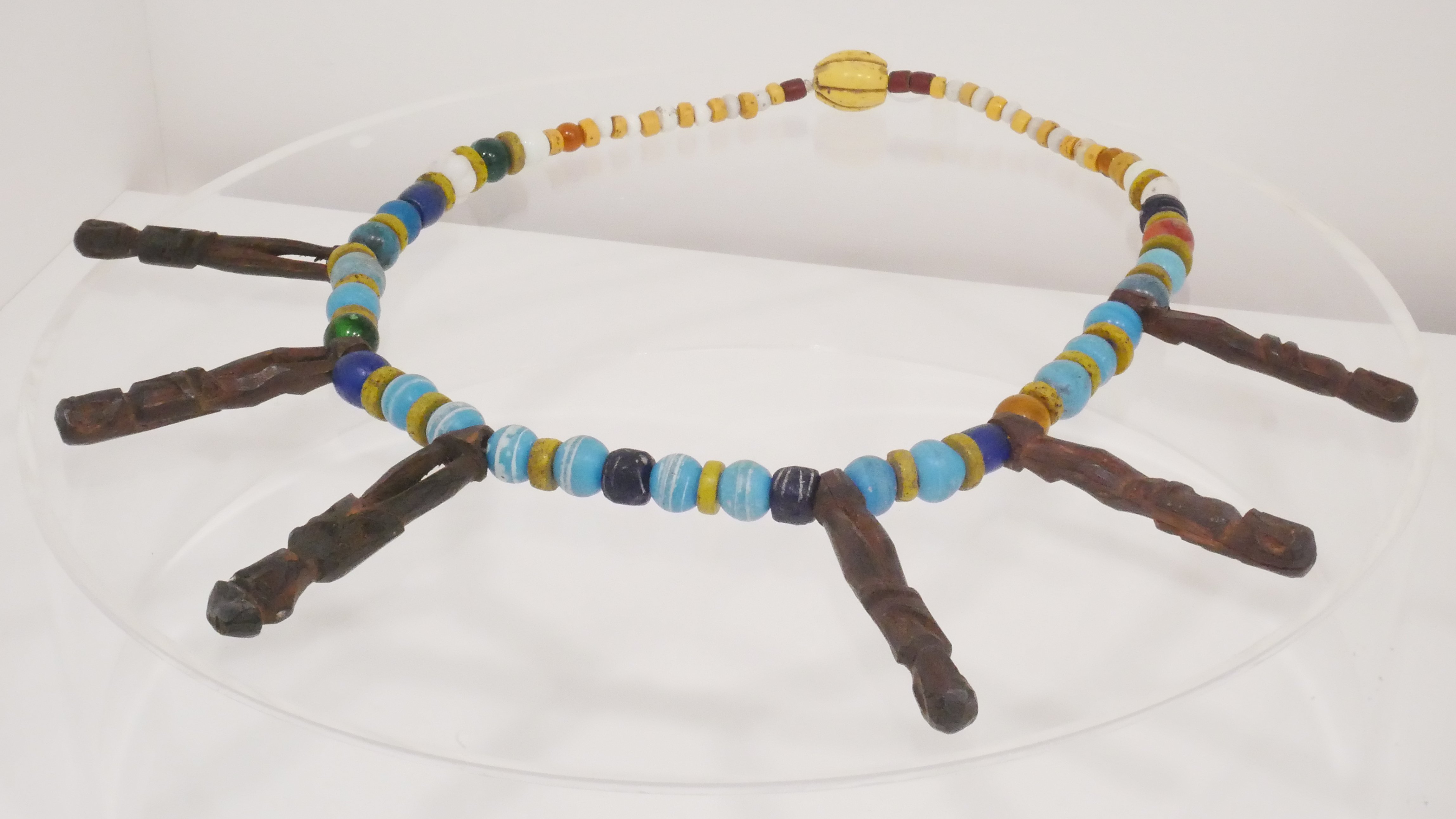
Australia’s rich tapestry of cultural diversity significantly influences the nation’s jewelry design landscape. The amalgamation of various cultural heritages—indigenous, colonial, and immigrant—creates a unique environment for jewelers in australia: a tapestry of craftsmanship and elegance to draw inspiration from a multitude of artistic ideologies. Each cultural background brings its own set of materials, techniques, and symbolic meanings, resulting in an exceptional variety of jewelry that reflects the nation’s pluralistic identity.
Indigenous Australians have a deep-rooted connection with the land and nature, often represented in their jewelry through traditional motifs and the use of natural materials. This perspective encourages contemporary jewelers to incorporate indigenous influences into their creations, providing not only aesthetic value but also a rich narrative that honors the cultural significance behind those designs. The use of semi-precious stones and organic materials showcases a commitment to craftsmanship that speaks volumes about environmental consciousness.
Moreover, the influx of immigrants from various parts of the world has resulted in a blend of different styles, techniques, and cultural symbols being adopted by local artisans. As a result, jewelry designers are now crafting pieces that mix Eastern intricacies with Western aesthetics, creating a hybrid style unique to jewelers in Australia. This cross-cultural exchange allows for exploration of unconventional materials and contemporary methods, often leading to innovative designs that were previously unimaginable.
The significance of personal stories and ancestral influences is also evident in the jewelry produced by these artists. Pieces often serve as commemorative tokens, celebrating important life events while symbolizing the diverse heritage of their creators. This melding of backgrounds not only enriches the design but also fosters a sense of community among jewelers, who collaborate and share insights to elevate the craft. In conclusion, the cultural diversity within Australia is intricately woven into the fabric of its jewelry design, resulting in a vibrant collection that showcases unparalleled craftsmanship and elegance.
Consumer Trends and Preferences in Australia

The jewelry market in Australia has seen notable shifts in consumer trends and preferences in recent years, driven largely by evolving lifestyle choices and the pervasive influence of social media. Consumers increasingly seek unique and personalized pieces that reflect their individuality and personal stories. This desire for distinctiveness has encouraged many jewelers in australia: a tapestry of craftsmanship and elegance to offer customization options, enabling buyers to create bespoke pieces that resonate with their personal narratives and style.
Moreover, as the awareness of sustainability grows, ethical sourcing and environmentally conscious practices have become crucial for modern consumers. Many individuals now prefer jewelers who demonstrate a commitment to sustainability—be it through the use of ethically sourced materials or responsible manufacturing processes. This trend highlights the shift towards a more mindful approach to jewelry purchases, where consumers actively seek brands that align with their ethical values.
In addition to personalization and sustainability, the role of social media cannot be overlooked. Platforms like Instagram and Pinterest serve as significant influencers in shaping jewelry trends and introducing consumers to a broader range of styles. Australian consumers, particularly the younger demographic, are increasingly influenced by online trends, leading to preferences for specific designs that are highly shareable. Jeweler brands that embrace social media marketing often create strong community connections, engaging directly with potential buyers through visually appealing content.
Furthermore, the resurgence of vintage and heirloom pieces has also marked a trend in the Australian market. Many consumers are drawn to pieces that contain historical significance or unique craftsmanship, therefore increasing demand for vintage-inspired jewelry. The intertwining of heritage and modernity in designs showcases the rich tapestry of craftsmanship and elegance that jewelers in australia: a tapestry of craftsmanship and elegance have to offer.
In conclusion, understanding the contemporary consumer landscape is essential for jewelers in Australia. By aligning their offerings with the preferences for personalization, sustainability, and online influence, they can cater effectively to a discerning clientele that values authentic experiences in their jewelry selections.
Jewelry Events and Expos in Australia

Australia hosts a variety of jewelry events and expos that highlight the immense talent and creativity of the jewelers in Australia: a tapestry of craftsmanship and elegance. These gatherings serve as a platform for both emerging and established artists to showcase their designs, allowing them to reach a wider audience and strengthen their presence in the competitive market. One notable event is the Sydney Plus Jewellery Expo, which is recognized as one of the largest jewelry exhibitions in the country. It attracts thousands of visitors and exhibitors, making it a vital hub for networking and collaboration.
These expos are not only beneficial for jewelers but also enrich the community by offering public access to exquisite jewelry pieces that exhibit the intricate artistry in jewelry making. This interaction fosters a deeper appreciation for craftsmanship and encourages an understanding of the various techniques involved. Events such as the Melbourne Antique & Vintage Fair further emphasize this, as they focus on vintage and antique pieces, connecting enthusiasts with the rich history of jewelry design in Australia.
Moreover, these jewelry events facilitate workshops and seminars led by industry experts, where attendees can learn about the latest trends and craftsmanship techniques. Such initiatives not only enhance the skills of current jewelers but also encourage aspiring designers to explore their creativity and develop their own unique styles. As these events continue to gain traction, they play a crucial role in promoting local talent and reinforcing Australia’s reputation in the global jewelry market.
In conclusion, jewelry expos and events in Australia are essential in connecting jewelers with the public while showcasing their craftsmanship and artistic elegance. By participating in these gatherings, jewelers foster community ties and promote the appreciation for fine jewelry, ensuring the continued growth and recognition of the industry.
Conclusion: The Future of Jewelers in Australia
The landscape of jewelers in australia: a tapestry of craftsmanship and elegance is evolving, influenced by cultural shifts, technological advancements, and a growing appreciation for sustainable practices. As consumers increasingly seek unique, ethically sourced pieces, the future of the jewelry industry appears to be leaning toward sustainability. This trend reflects a broader global movement that emphasizes environmental responsibility and ethical consumption. Australian jewelers are increasingly adopting sustainable methods, sourcing materials from suppliers who adhere to ethical mining practices and focusing on environmentally friendly production techniques.
Technological innovation will play a pivotal role in shaping the craftsmanship and presentation of jewelry. With the rise of digital tools, laser cutting, 3D printing, and virtual reality, jewelers can design and manufacture intricate pieces with extraordinary precision. These technologies not only enhance the design process but also enable artisans to create personalized jewelry options that resonate with individual customer preferences, thus fostering a deeper connection between consumers and their pieces.
The heritage of craftsmanship and elegance deeply rooted in Australia’s jewelry scene is likely to inform the next generation of jewelers. There is an ongoing commitment to preserve traditional techniques while integrating modern design ethos. Up-and-coming artisans are eager to learn from established jewelers, blending innovation with time-honored skills. This commitment to quality craftsmanship ensures that the artistry in jewelry making remains at the forefront of the industry’s evolution.
As we look to the future, it is clear that jewelers in Australia will continue to adapt, driven by consumer demand and a commitment to excellence. The fusion of tradition and modernity, combined with a focus on sustainability, promises a vibrant future for Australian jewelry, where craftsmanship and elegance will remain central to its identity.






